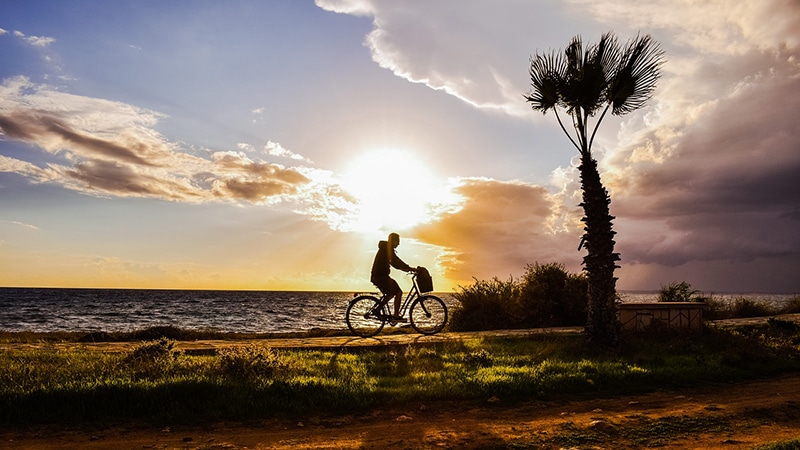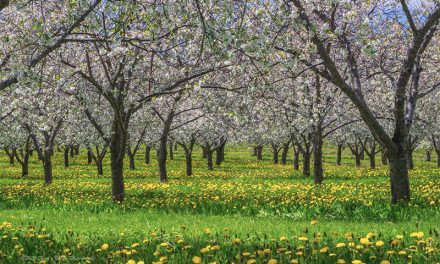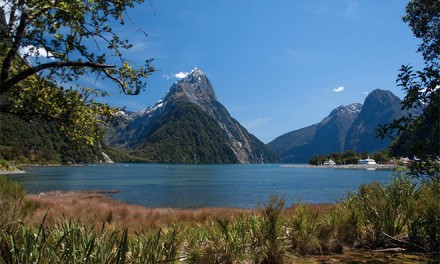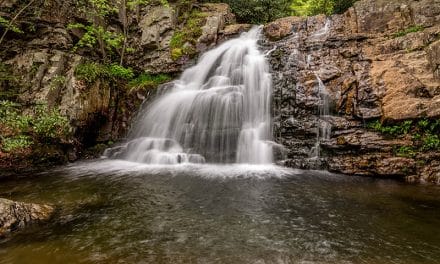While landscape photography and portraiture can seem to be very separate fields, the truth is that they can easily overlap. One of the most compelling ways to tell the story of a landscape is to show humans in context. If you struggle to add people to your landscape images effectively, or you have never tried it before, these tips will help you take it to the next level.
Decide on Your Subject
What is your subject: the landscape, or the person in it? This is a question that you have to ask yourself first.
The answer cannot be both. When you look at your image, it will always skew to one side or the other: are you telling a story about the place, or about the person within it? It could well be that your story is about how well the person and the landscape fit together. But in this case, your question is: does the person fit into the landscape, or the landscape fit the person?
Once you identify your subject clearly, you can frame and structure your image accordingly. When the person is the focus, you will want to see more of them, have them in a prominent position such as centered or along the lines for the rule of thirds, and have them be the most noticeable part of the image.
If the landscape is your star, then you may want to have your person or people smaller, off in the distance, or hidden away. You will want people to look at the landscape first, and notice the figures later.
Mirror Your Landscape
A great way to add interest to your image is to have your model and your landscape mirror one another as much as possible. This can be done in an infinite number of ways, but a few ideas are below:
- Have your model standing in silhouette next to the silhouette of a leafless tree
- Choose the color of the flowers in your landscape for your model’s clothing
- Find a model whose hair is the same color as the wheat, or the bark of the tree, or the dark soil in the fields
- Have your model mimic the shapes around them in their pose
Of course, you don’t have to do this with a model that you direct. If you are in an area that sees some footfall, you could consider waiting for the perfect person to walk by.
Contrast Against Your Landscape
The opposite of mirroring the landscape, this option intends to provoke interest by having a direct contrast. Against a white pier disappearing into a pale ocean, you could have a figure dressed all in black. Amongst the natural greens of a forest, find a model dressed in metallic clothing. Where all the plants and flowers are blooming and flourishing, have your model stand rigid and stiff.
Consider Scale
Landscape photographs should be shot in landscape orientation – that’s just common sense! Or is it? You don’t need to follow the rules of photography if you can add interest by breaking them. Consider how scale should have an effect on your photograph.
For instance, you can take a photograph of a tall tree and turn your camera to a portrait orientation to capture it from roots to the highest branches. This will make the tree seem taller and offer a clearer sense of scale. On the other hand, you can use a portrait location to show the vast expanse of sky above a smaller central figure. This will make your model seem small in comparison to the vast landscape and sky.
The same can be done in landscape orientation by walking backwards and having your model very small, right in the center of the image.
Create Movement
One great way to enhance the story of your photograph is to add movement. A person walking or running will create a linear action – they may be crossing from one side of the frame to the other, or away from the camera, or towards you.
You can take this further with more dramatic forms of action. A jump is interesting and, when used well, can really increase the impact of the image. You are telling the story not just of your subject suspended in mid-air, but also the push-off and the landing or fall. Just make sure that your movement adds to the image and creates a story rather than being simply superfluous.
Interact
You don’t have to simply place your model into the landscape. You can also interact with the landscape to make the shot more interesting.
Have your model climb a tree or sit on top of a hay bale. Roll them down a sand dune or have them stand in a river. Stand your model on top of rocks, or amongst them. When you use the landscape and integrate your model with it, you can bring more attention to certain characteristics that you want to highlight.
This can be an especially great way to work with landscapes of particular importance. For example, you might want to draw attention to trees that are in danger of deforestation.
Using people in your landscapes can be a great way to make your photographs more interesting, and to add story and context to them. Use these tips and see what a difference they can make to the finished image.


















Great post. Very informative